Years ago when I realized for the first time in my life I could actually plant a garden and welcome butterflies, bees, and other pollinators, the first thing I knew I wanted to plant was milkweed (Asclepias.) As you likely know, milkweed is the only food plant for the monarch caterpillar. I visited two local nurseries asking if they sold milkweed. Both answered a quick “What? NO!! Of course not!!” The guy at the second store was incredulous, “Lady!” he exclaimed,” You must be mistaken. There’s no way you would ever want to plant MILKWEED!” I assured him confidently that YES, I did want to plant milkweed and that NO I wasn’t confused. I tried educating him, telling him that milkweed is the only food plant of the monarch caterpillars and that in recent years their population had declined by more than 90%! He, like MANY, wasn’t convinced, after all, a plant with weed in its name can’t be anything other than a weed, right? Needless to say, I went home that day without milkweed.
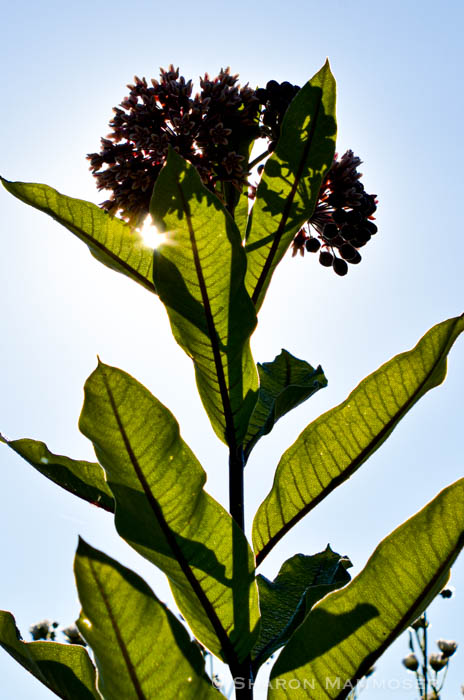
Fast forward 7 years and now milkweed IS a plant that some local nurseries sell, even though most only carry two varieties–swamp (Asclepias incarnata) and butterfly weed (Asclepias tuberosa.) That’s fine! Those are both great varieties and the monarch females aren’t all that fussy when they’re looking to lay eggs. Milkweed is milkweed and every little bit helps. Neither of those varieties have the reputation of the common milkweed (Asclepias syriaca), which is “exuberant” as my friend Kim likes to say. Common milkweed is likely the species you see beside the road and in fields, growing wild and it does tend to take over an area if given the chance, as it spreads through underground rhizomes. Of our native milkweeds, it has the largest leaves and showiest flowers. If you have a big, sunny space in your yard, there’s no reason not to welcome this exuberant variety–the more it spreads, the less you have to buy is the way I see it.
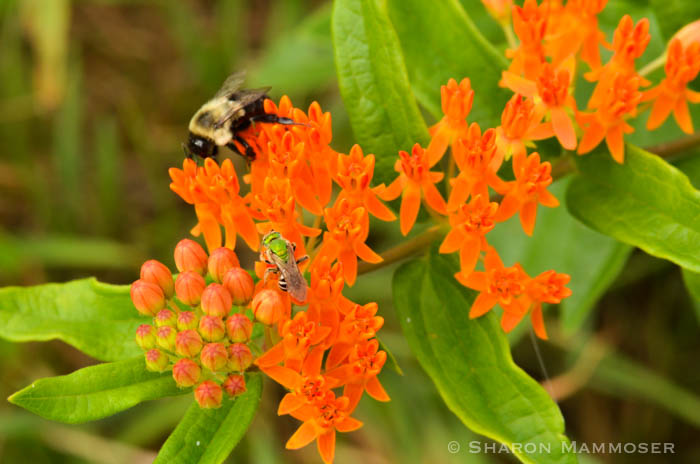
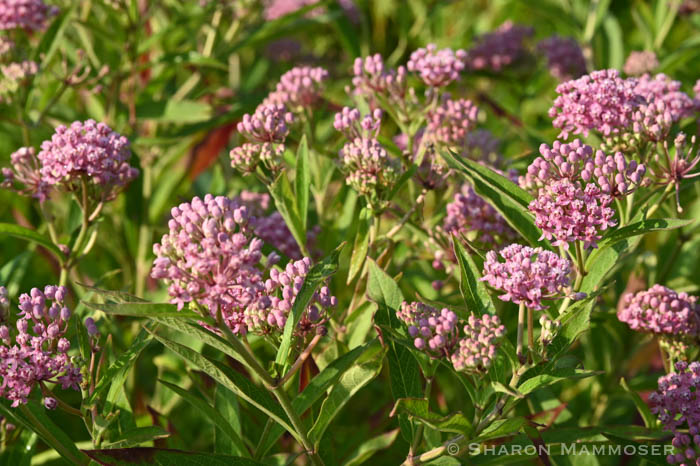
Whoever named milkweed didn’t do the plant any favors as it is really difficult to convince people to spend money on a plant with weed in its name. I read a fabulous children’s book recently about milkweed called Martha Milkweed Has No Friends, by Flora Caputo. If you have kids or know kids, I highly recommend this fun book that is about milkweed but also has a deeper message. Thankfully acceptance and knowledge of milkweed is moving in a positive direction as many of us pull together to try and do our part to save our amazing population of monarch butterflies and their amazing migration to Mexico. It’s not really the monarchs we are in danger of losing, it’s the epic migration they make each year to Mexico. Monarchs live in other parts of the world but only the North American population migrates.
I’m working on an upcoming post called Love Monarchs? Here are Ten Things You Should Know. In that post I will talk more about the amazing monarch migration and the butterflies, but right now, let’s just look at the important milkweed plant. I’m going to do a bit of a photo essay, showing you what you can expect when you put some milkweed in your garden. A whole community will show up–not just the monarchs!
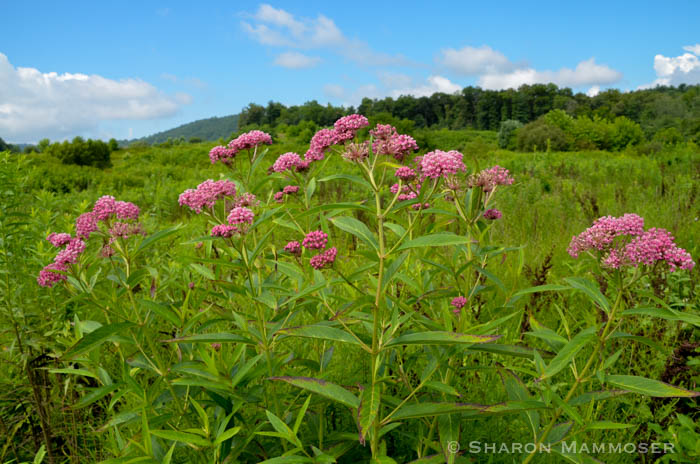
If you plant milkweed, you’ll want to know what a monarch butterfly egg looks like. It’s TINY! And you’ll find it on the underside of one of the leaves, usually towards the top of the plant. Monarch females will usually lay ONE egg per plant. If you looked at it under a microscope you would see it’s quite beautiful–a mini pearl.
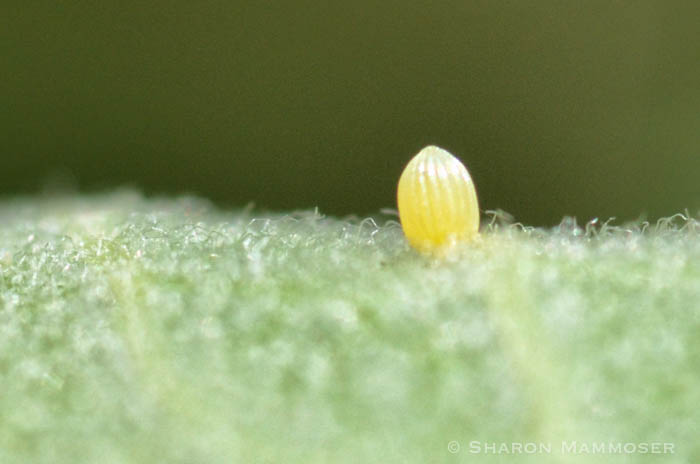
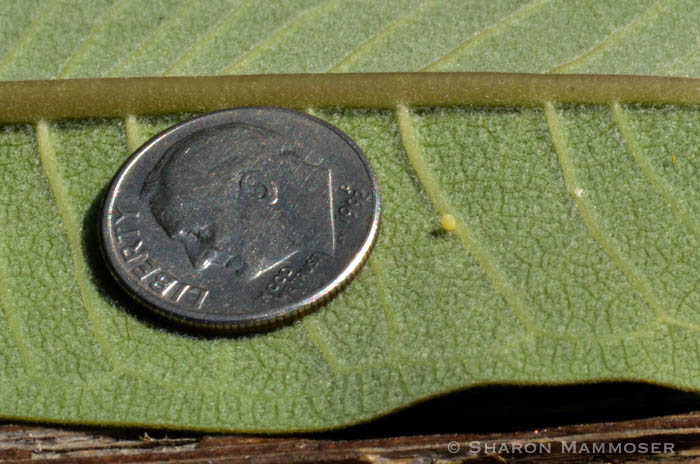
Just before the caterpillar emerges, you will be able to see black through the egg. When the tiny caterpillar comes out, its first meal will usually be its egg shell. Then it moves on to munch the leaf its on, feeding on the top layer of the leaf.
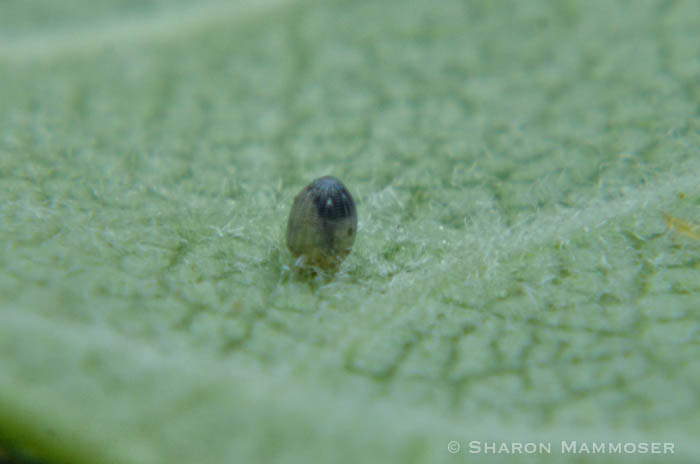
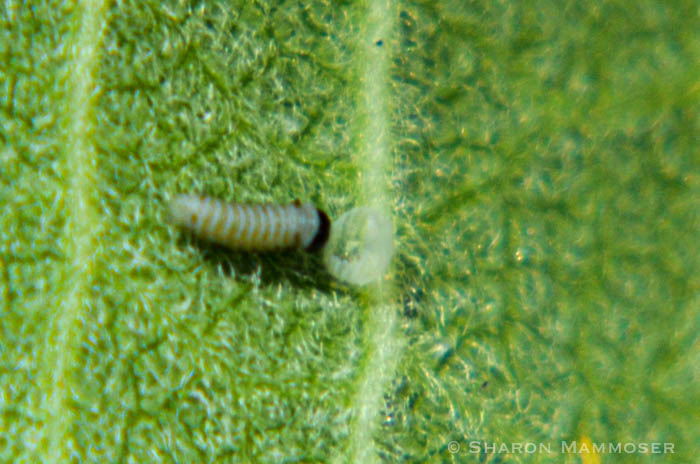
You can see here where the caterpillar ate a small circle in the top layer of the milkweed leaf.
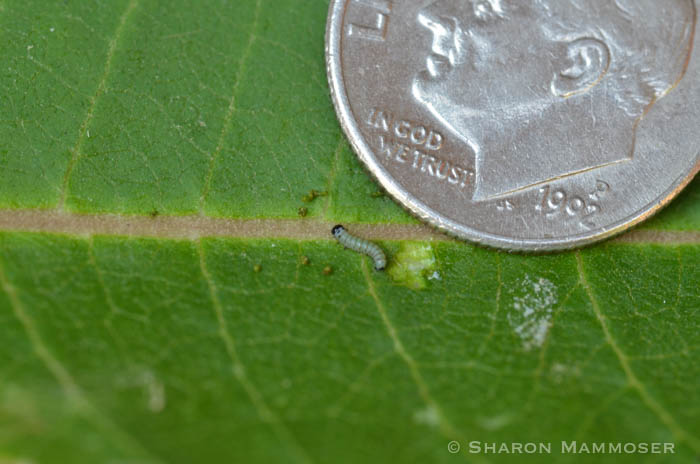
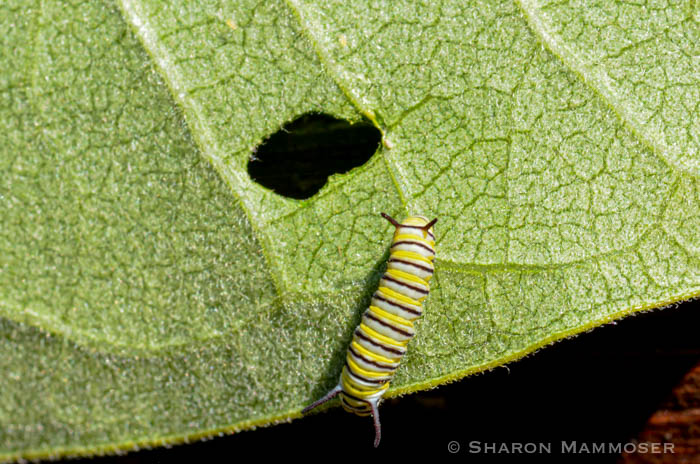
You know why it’s called milkweed right? Because the sap of this plant is white, like milk. When you snap off a leaf or break the stem, a white liquid will come out. This sap is what makes monarchs distasteful as it contains cardenolides which can cause animals who eat it to vomit, or even worse, cause their hearts to beat out of control and die. Monarchs and some other insects that can be found on milkweed have evolved to eat the milkweed with no harm to them. These animals are bright red or orange to signal to other animals that they have this poison and to stay away.

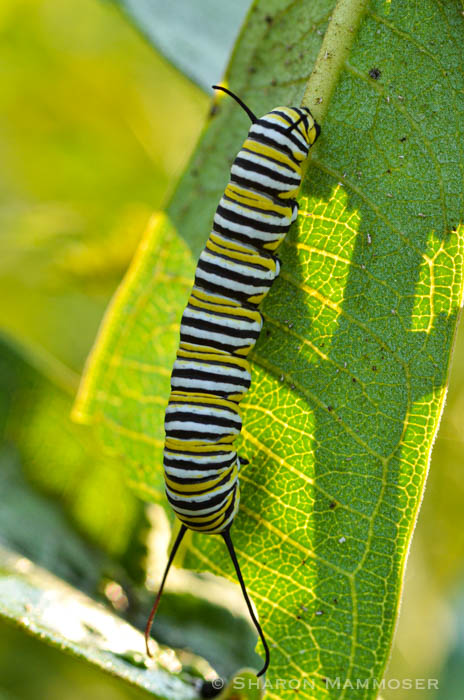
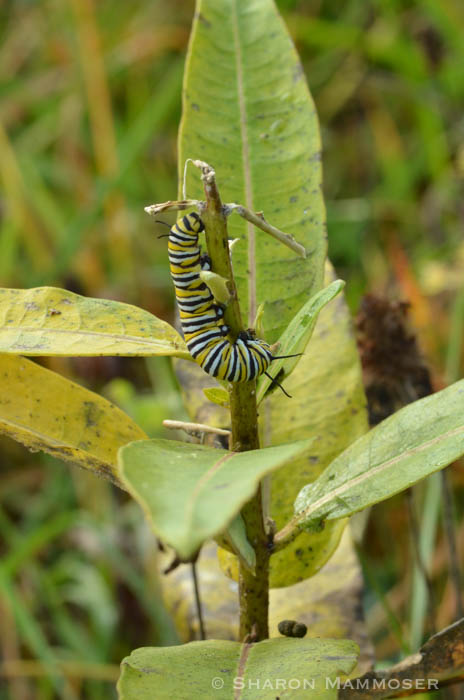
While the monarch is eating, there will be many other animals that visit the milkweed. If you have milkweed in your yard, you will see these creatures too.
You are sure to see both milkweed bugs and beetles on your milkweed, both of which are brightly colored, just like the monarchs. MILKWEED BEETLES (Tetraopes spp. There are 8 species, all of which use milkweed) adults are herbivores, feeding on the leaves, buds and flowers of the milkweed. Like the monarchs, they will sever veins “upstream” from where they are feeding to minimize their exposure to the sticky latex sap.
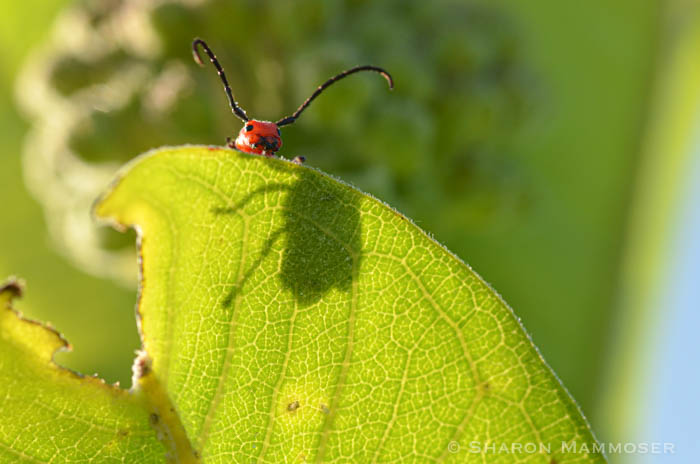
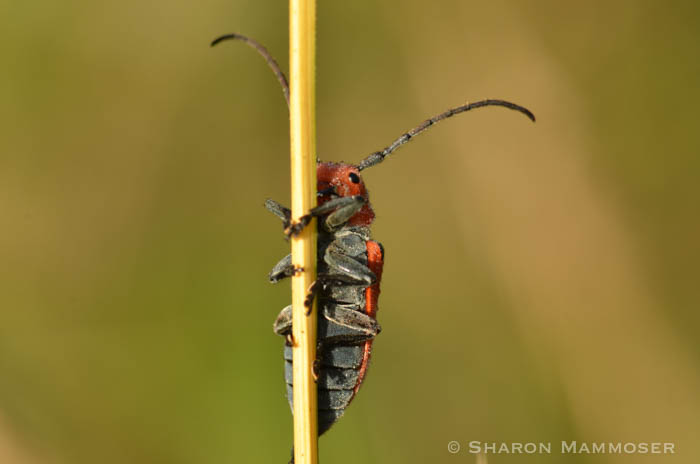
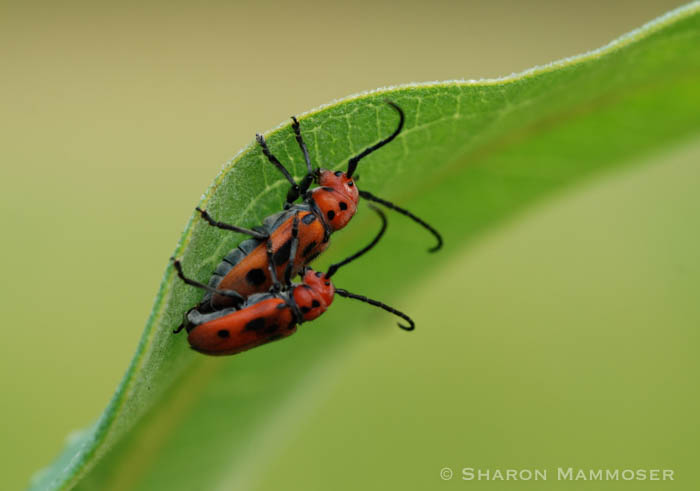
Then there’s the MILKWEED BUG. Did you know all bugs are insects but not all insects are bugs? A bug is an order of insects just like butterflies or beetles. Bugs go through incomplete metamorphosis so immature bugs look like mini adults without wings and are smaller versions. You will tend to see A LOT of growing milkweed bugs on your milkweed. They feed on the seeds and seed pods.
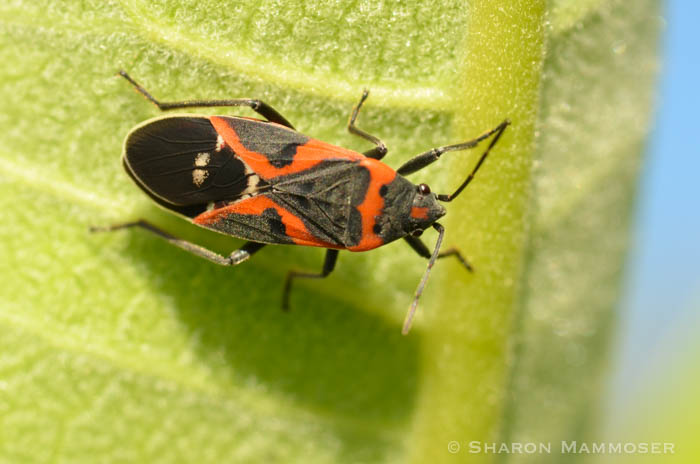
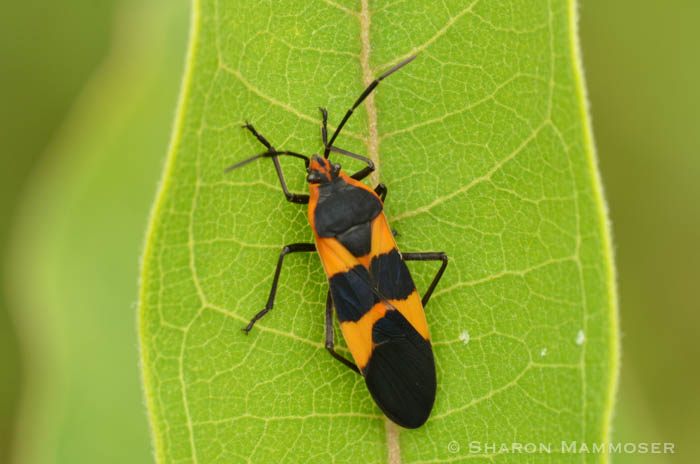
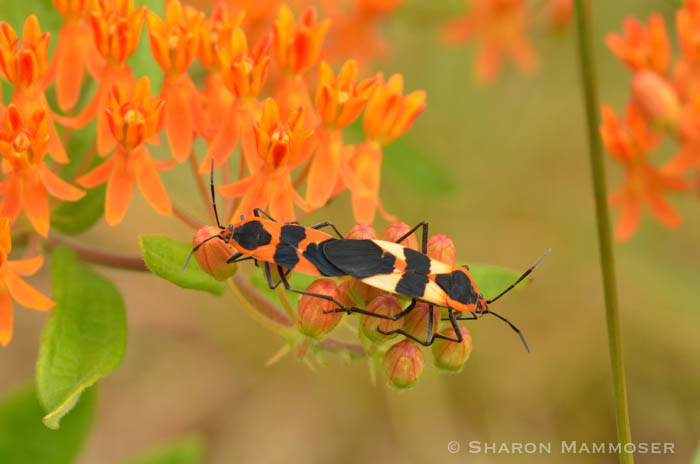
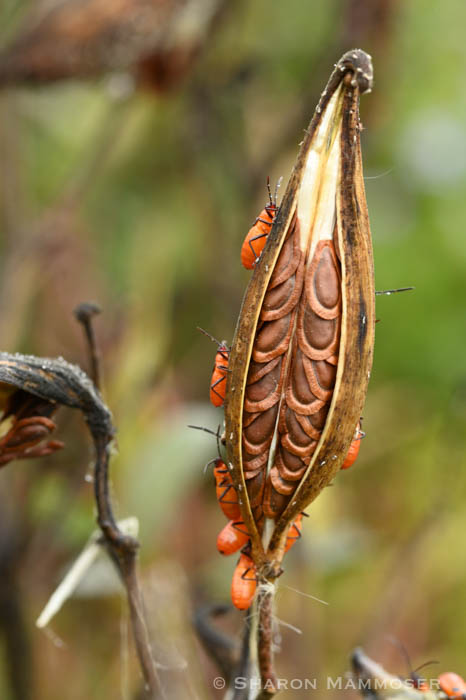
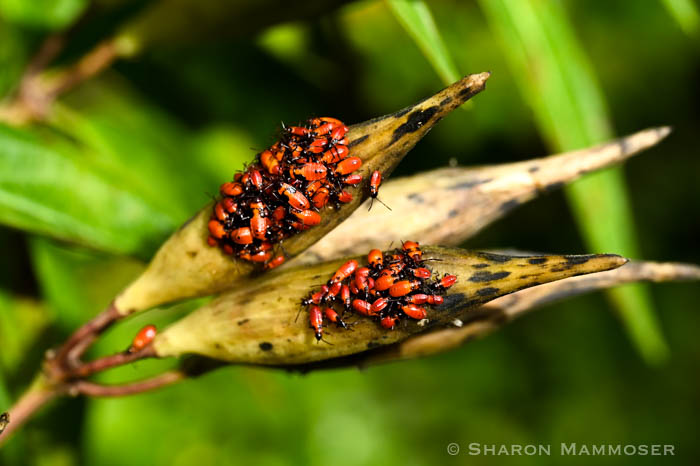
Another bright red insect you’ll most definitely see is the ladybug, or ladybird beetle. They are attracted to the plant because usually there are aphids on milkweed too and they love to eat aphids. The aphids are Oleander aphids (Aphis nerii) and are from the Mediterranean region where they feed on a plant that’s in the milkweed family. Here in North America they are exotic pests that can suck the sap dry in the plant, eventually killing it. Oleander aphids are all females that reproduce asexually. There are no males! And if you ever watch them on your milkweed you may notice they give birth to live aphids! Where there’s aphids there’s also ladybugs, who eat aphids. If you see these aphids on your milkweed you might want to consider killing them–either by smushing them with your fingers or using a hose to spray them off (You’ll have to do this repeatedly.) Don’t use pesticides/chemicals as these will be harmful to any monarch caterpillars feeding on the leaves.
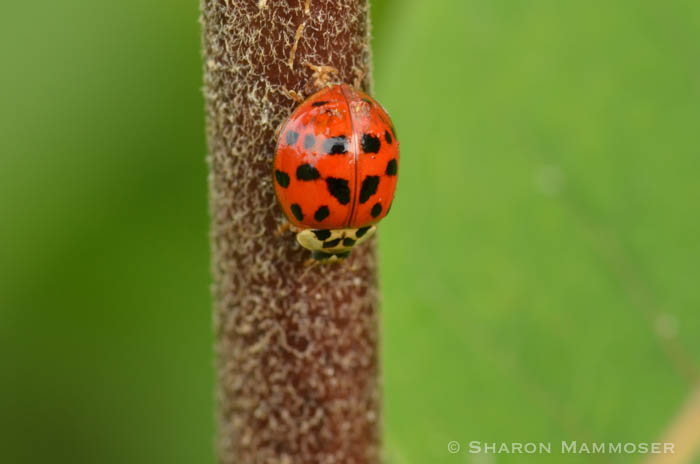
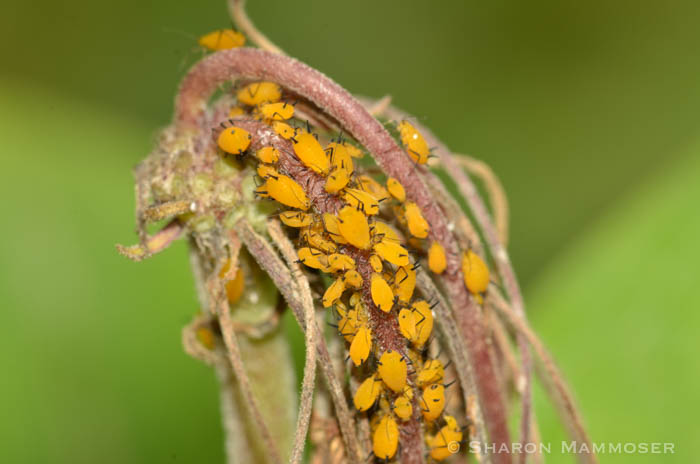

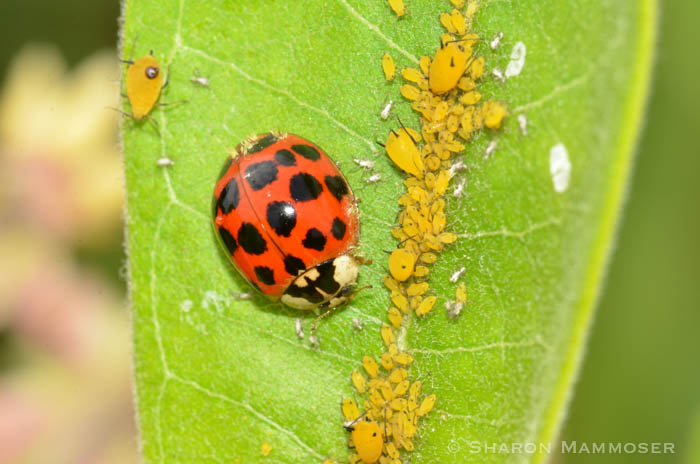
And where you find ladybugs, you’ll also find their larvae, which are also colored orange and black. But they look a bit different than the adults you recognize. The larvae are also fierce predators and will eat small insects, just like the adults.
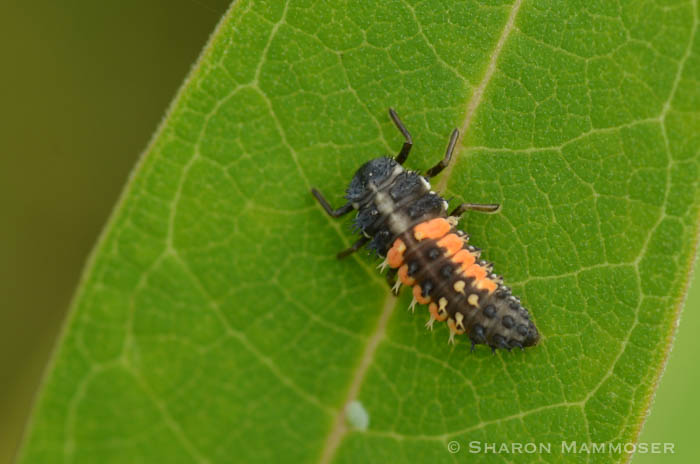
You will see other beetles on your milkweed, including the soldier beetle, its larvae, Japanese beetles and others in this order.
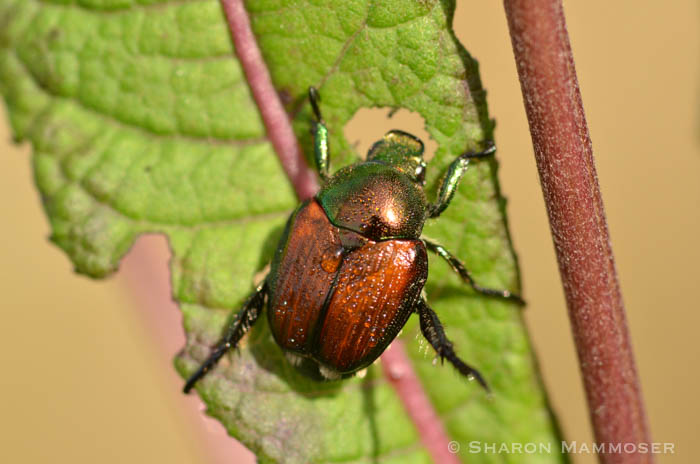

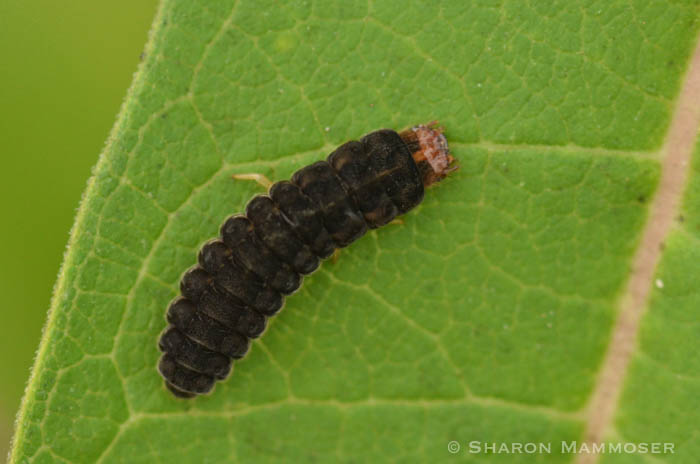
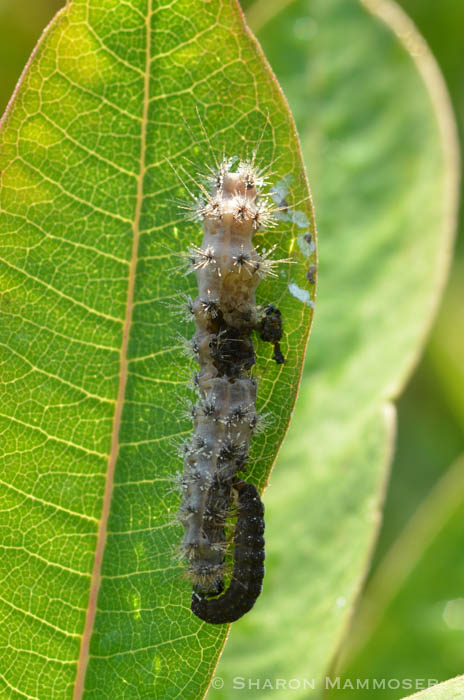
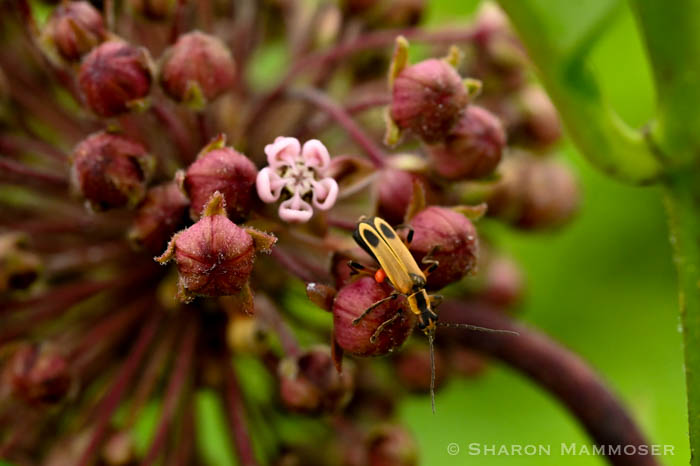
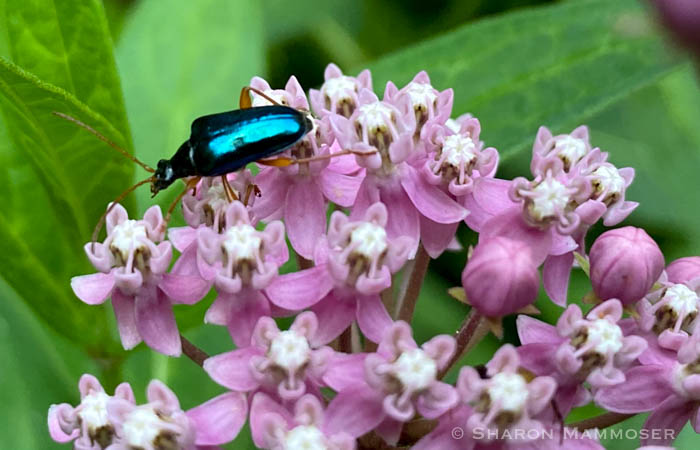
Some other caterpillars eat milkweed too including the TUSSOCK MOTH CATERPILLAR. Unlike the monarch, who lays only ONE egg per plant, the female tussock moth lays MANY eggs. When you see a carpet of fuzzy caterpillars, it’s likely those of tussock moths. These caterpillars will consume a lot of milkweed leaves and are in competition with the monarch caterpillars but you know what? Both are native and diversity is important for healthy ecosystems. If your supply of milkweed is limited, perhaps you could relocate these caterpillars to a wild patch of milkweed rather than kill them as some gardeners will do.

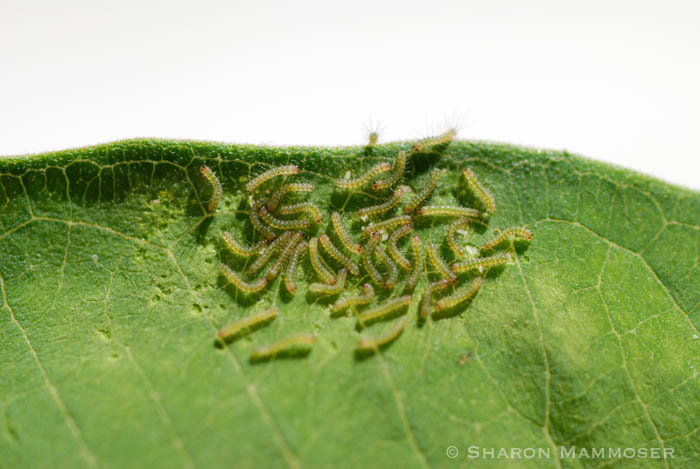

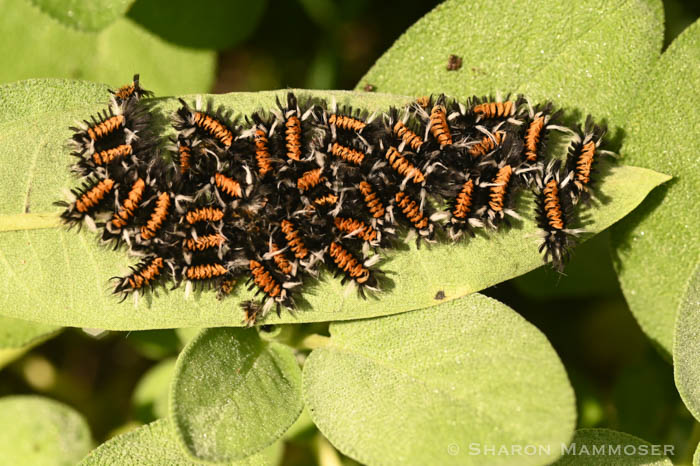
You’re also sure to notice flies on your milkweed, especially one called a TACHNID FLY. This fly is a parasite and is looking for possible hosts. The adult tachinid fly lays its eggs on the bodies of host insects, like caterpillars, beetles and other insects. When the eggs hatch out they feed on the host, eventually killing it. Tachinid flies are considered beneficial insects though all of us who care about monarchs hope they’re not going to choose the growing monarch caterpillar to lay eggs on. As much as we want though we can’t control Mother Nature.
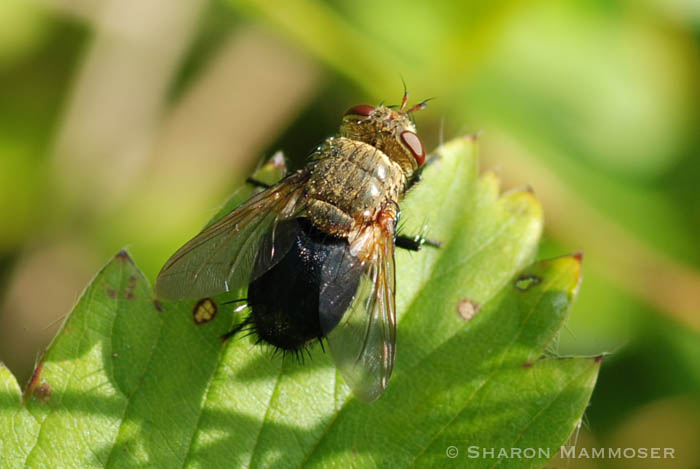
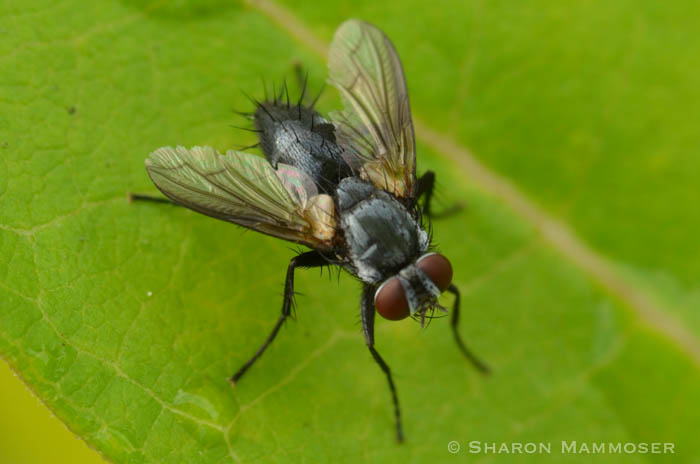
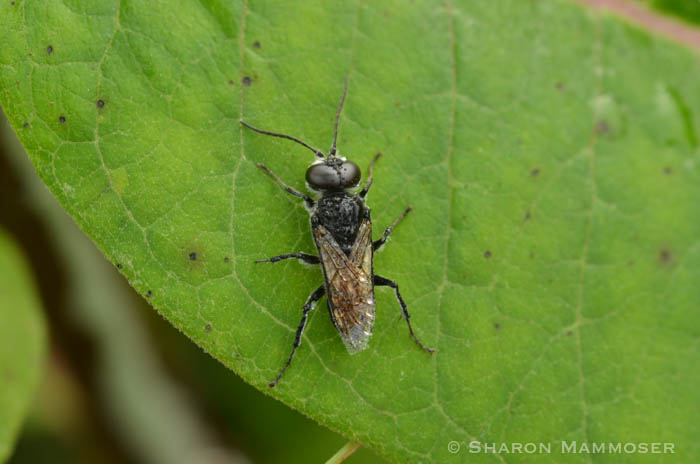
And when the milkweed flowers, you’ll see lots of different insects on the flowers.
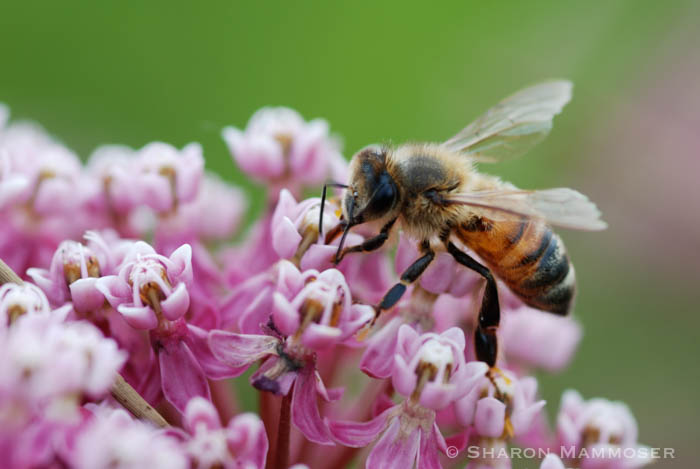
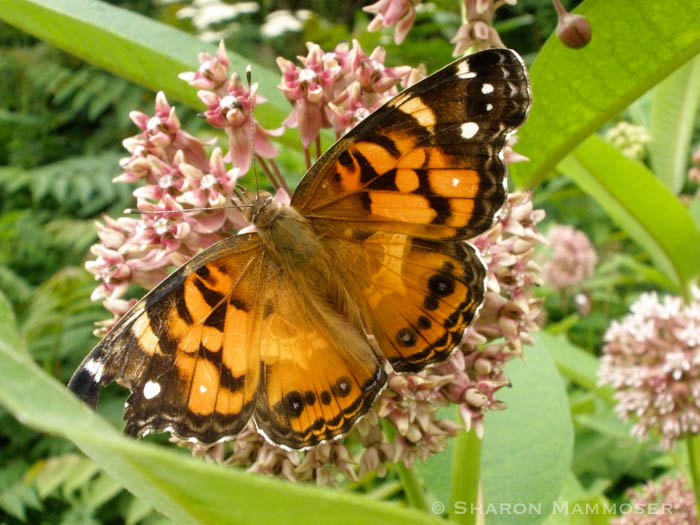
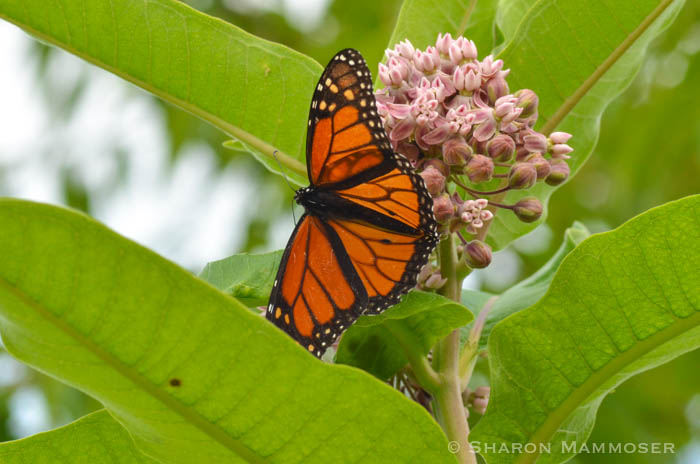
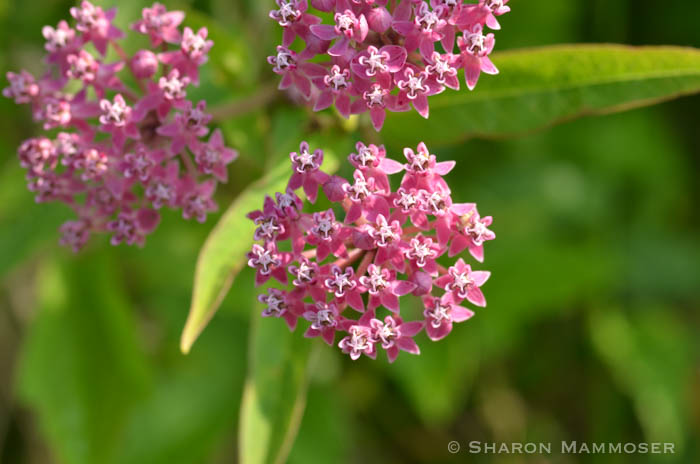
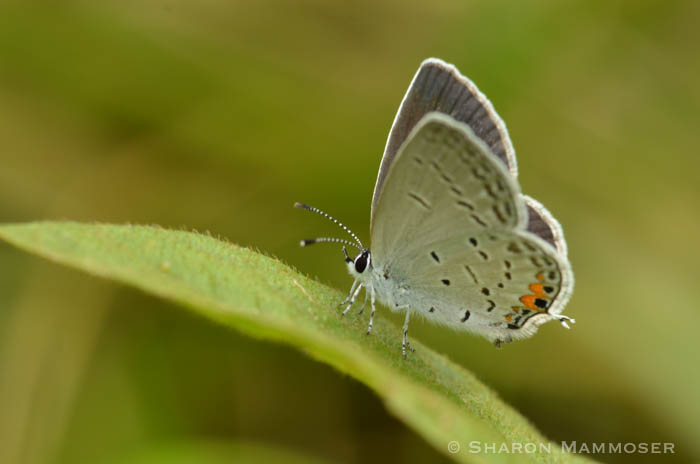
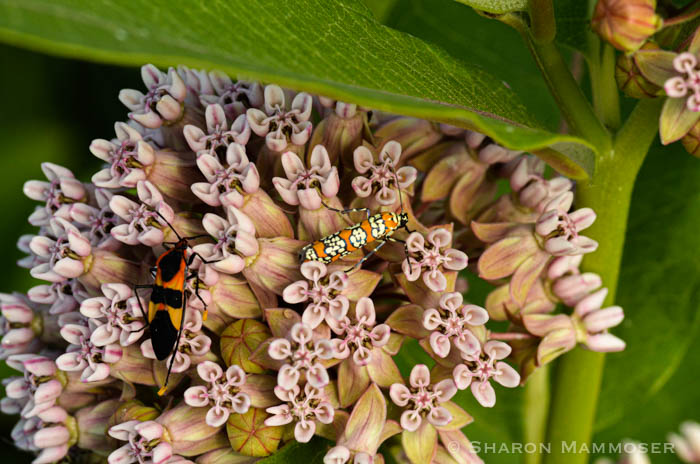
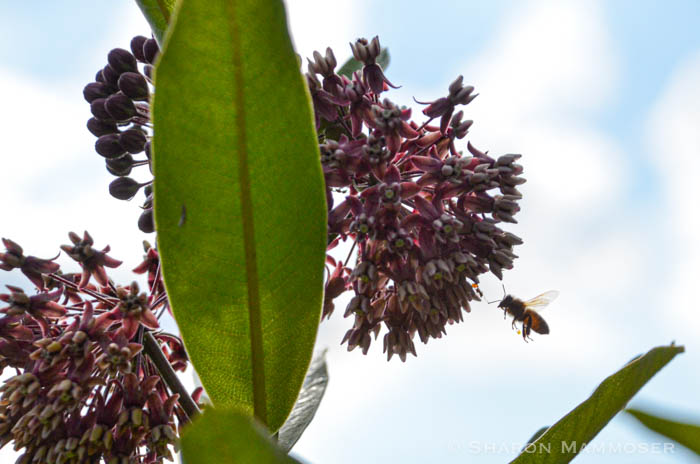
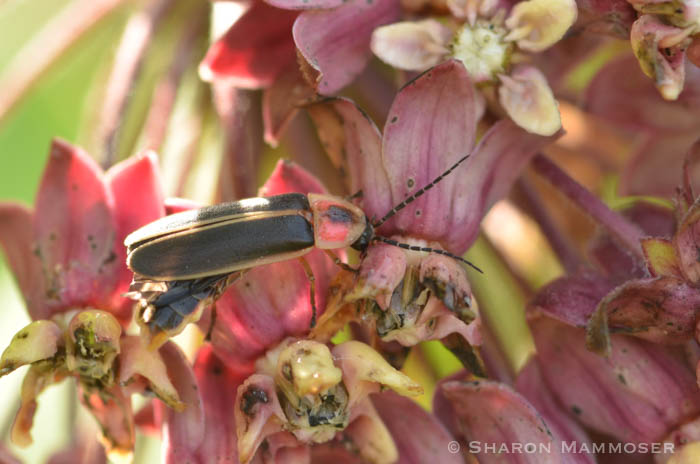
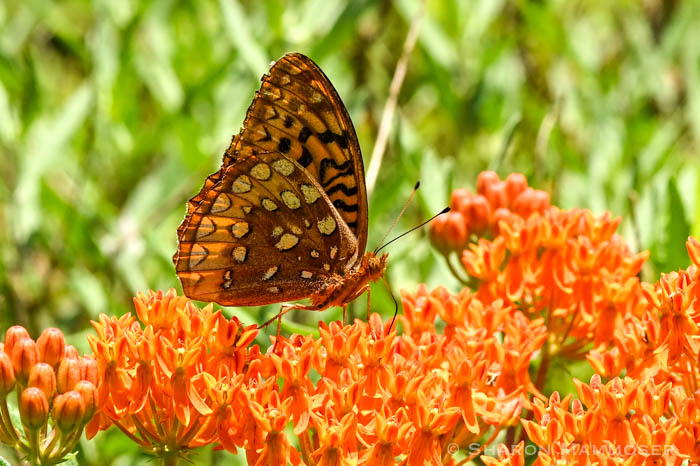
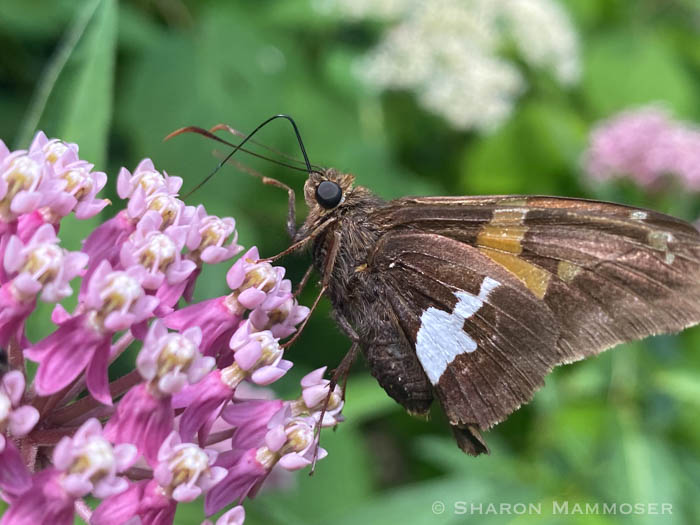
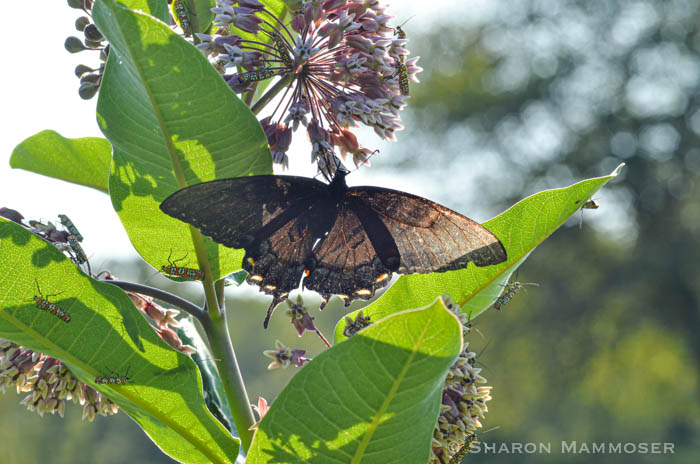

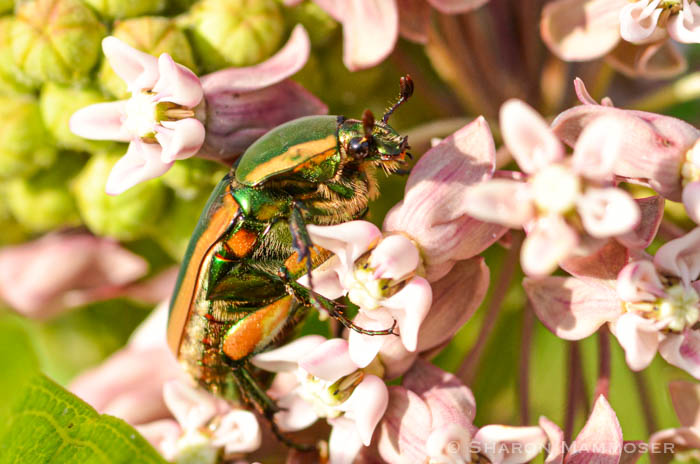
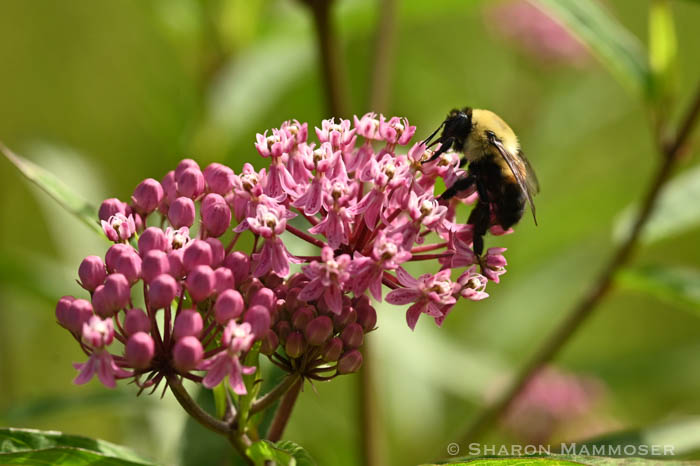
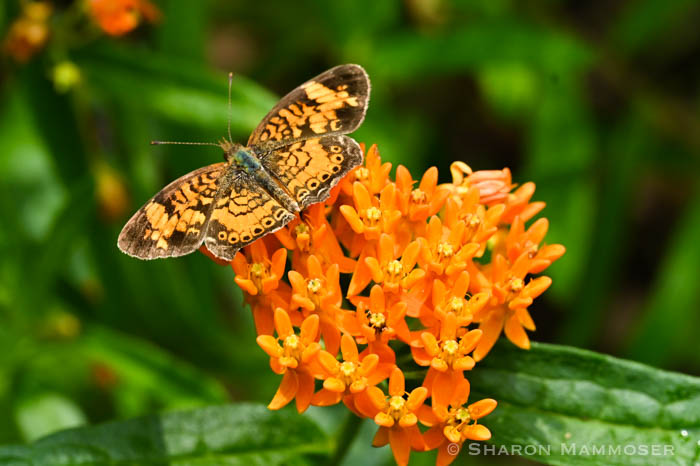
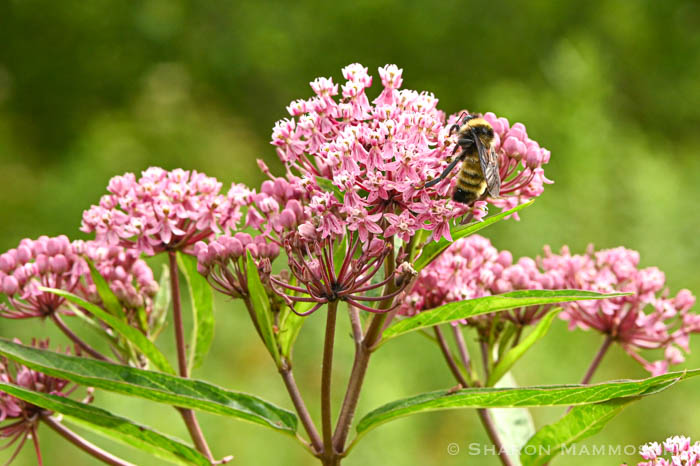
And where there’s flowers, you’ll likely find animals that hide in the flowers to hunt other animals, including spiders, assassin and ambush bugs and praying mantids.
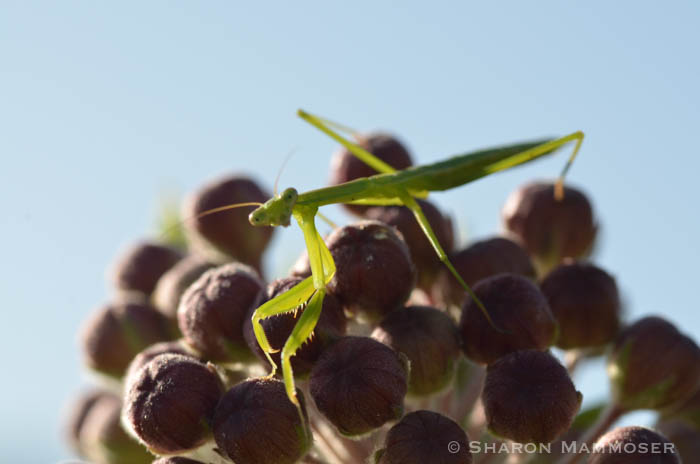

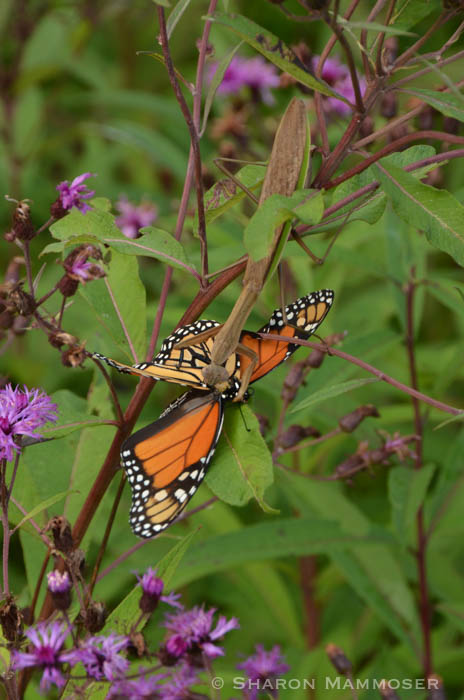
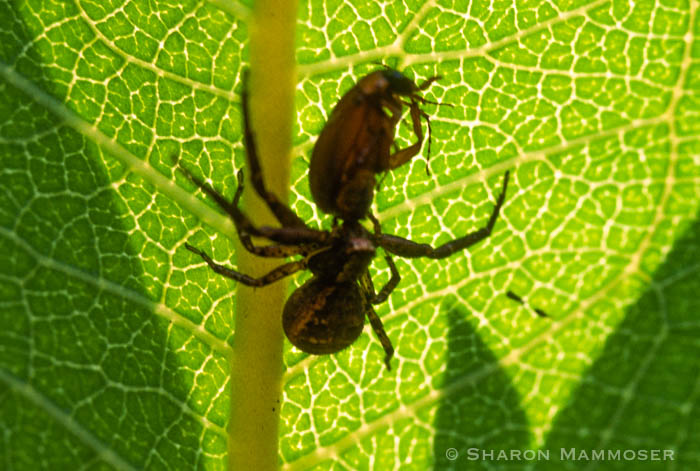

And lots of other insects too.
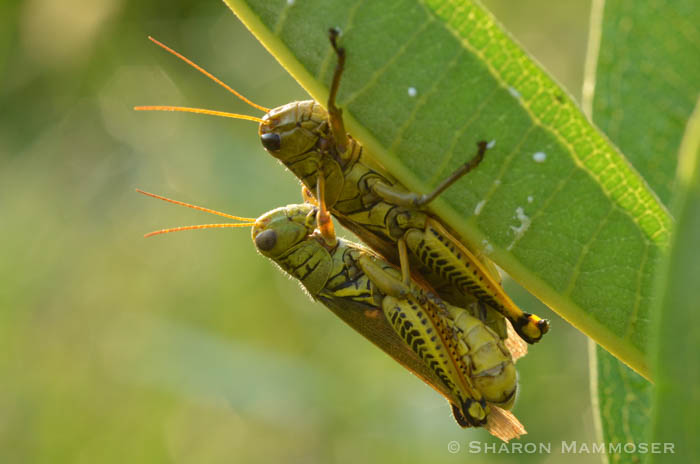
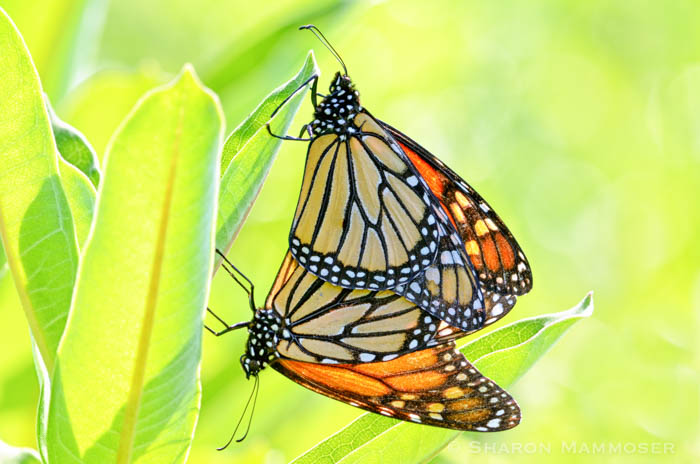
You’ll probably find some other things too, some that you may not be able to identify, but that’s part of the fun of having a milkweed community in YOUR yard!
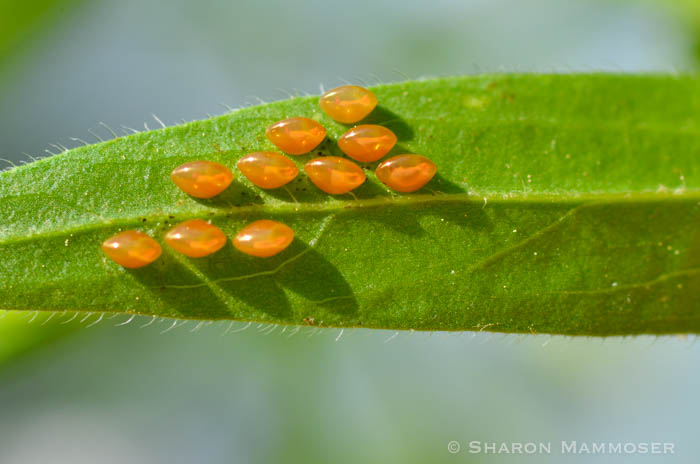
There are LOTS of other insects and invertebrates that you will likely see on your milkweed. There’s a whole book about the milkweed community, called Milkweed, Monarchs and More: A Field Guide to the Invertebrate Community in the Milkweed Patch by Ba Rea, Karen Oberhauser and Michael Quinn.
What have YOU seen in your milkweed patch lately? Are you finding any monarch eggs or adults yet?
If you need to buy some milkweed for your garden, you can buy some from Milkweed Meadows Farm at several events in September. My friend Kim will be selling several species of milkweed along with other flowers that can provide nectar for migrating monarchs on the first and third Saturday in September at the Saturday brunch market at Sideways Brewery and Farm in Etowah. Hope to see you there!

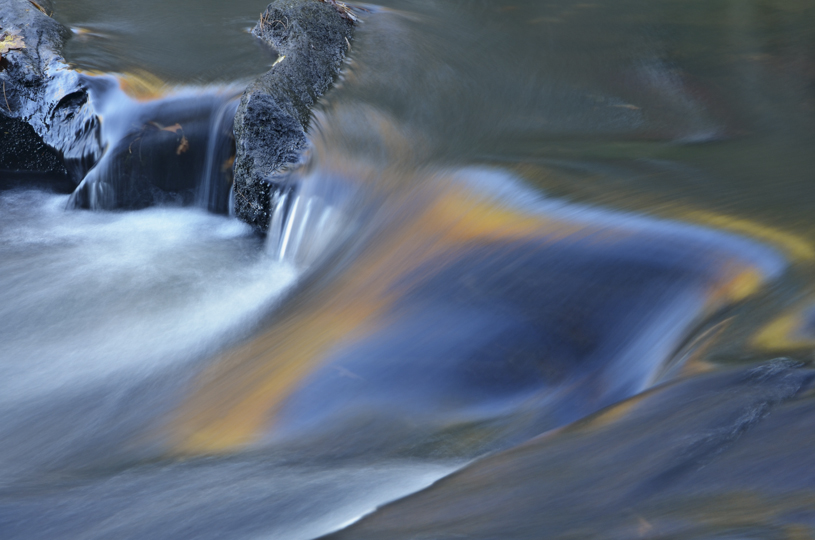
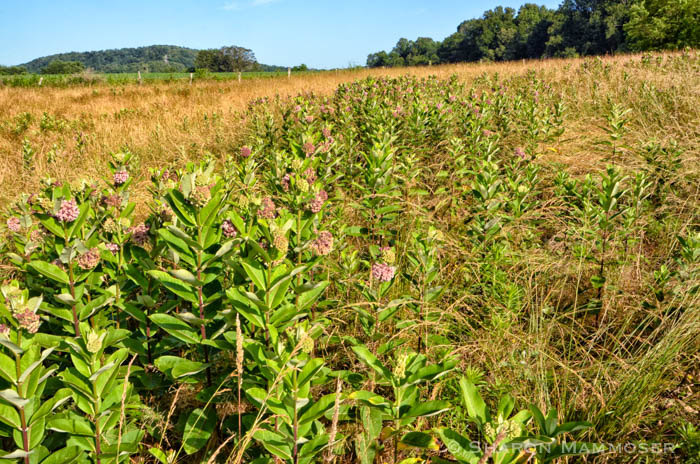
loved your article and pics of all the critter activity on the milkweed
Thanks Nanci! I hope you had a great birthday and few days with Sara. Thanks for reading!!